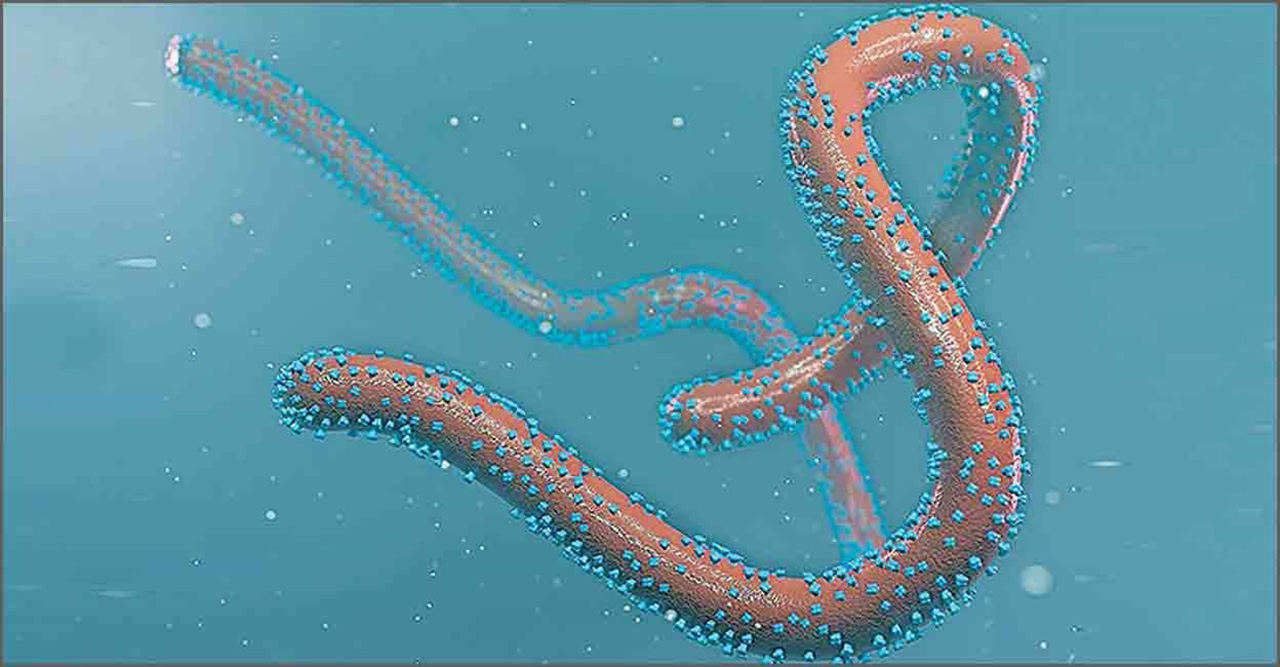Marburg virus disease is a highly virulent disease that causes hemorrhagic fever, with a fatality ratio of up to 88%. It is in the same family as the virus that causes the Ebola virus disease.
Marburg is a highly contagious hemorrhagic fever that is related to Ebola and is transmitted to humans by fruit bats as well as by direct contact with the bodily fluids of infected individuals and surfaces. The World Health Organization (WHO) has been informed that Ghana has reported two possible cases of the Marburg virus disease, which is similar to Ebola.
What is Marburg virus disease?
The disease is a very infectious hemorrhagic fever in the same family as Ebola and is spread to people by fruits,bats and is transmitted among people through direct contact with the bodily fluids of infected people and surfaces.
The symptoms of Marburg
The symptoms of Marburg virus infection usually appear suddenly after a five to ten-day incubation period.
Early symptoms are as follows:
- Fever
- Chills
- Headache
- Muscle aches
About five days after the symptoms first occur, other symptoms may occur as follows:
- Some people develop a rash on their chest, back, or stomach.
- Nausea
- Vomiting
- Chest pain
- Sore throat
- Abdominal pain
- Diarrhea may appear.
The following symptoms persist and can become severe:
- Jaundice
- Pancreatic inflammation
- Severe weight loss
- Delirium
- Liver failure
- Massive hemorrhage accompanied by organ dysfunction
Is there a treatment?
There is currently no treatment or vaccine for Marburg. Patients can benefit from rehydration via oral or intravenous fluids.
According to the WHO, clinically distinguishing Marburg virus disease from other infectious diseases such as malaria, typhoid fever, shigellosis, and meningitis can be difficult.

 The Marburg and Ebola viruses are both Filoviridae (filovirus) members. Despite the fact that they are caused by different viruses, the two diseases are clinically similar. Both diseases are uncommon and have the potential to cause large-scale outbreaks with high fatality rates.
The Marburg and Ebola viruses are both Filoviridae (filovirus) members. Despite the fact that they are caused by different viruses, the two diseases are clinically similar. Both diseases are uncommon and have the potential to cause large-scale outbreaks with high fatality rates.




















.jpeg)


.jpeg)



.jpeg)
.jpeg)






.jpeg)





